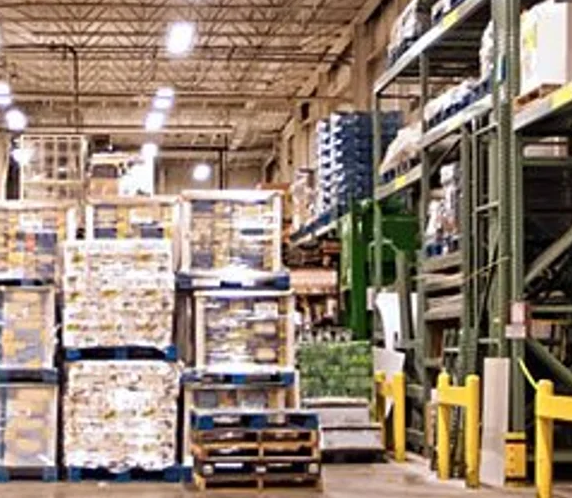
Understanding the Principles of Rotational Molding
Have you been amongst those hearing a whole lot about Rotational Molding or Rotomolding but don’t have a very clear knowledge of what it is? Consider this extensive guideline, when we is going to take you through the procedure, history, resources, advantages, and uses of rotational molding in depth.
Rotomolding, also referred to as Rotomolding, can be a production method employed to generate hollow plastic-type pieces. This method is proper for producing big, intricate, or smooth parts that might be tough to develop utilizing other production procedures. Let us discover Rotomolding comprehensive.
Reputation of Rotational Molding
Rotational molding traces its beginning returning to the 1940s in Europe, in which it absolutely was initially employed to make dolls and child playthings. Within the 1950s, a number of producers produced kayak chairs using this procedure, as well as over time that it evolved into generating bigger and a lot more complex components.
Rotational Molding Procedure
Rotomolding is really a four-point procedure. Initially, the uncooked substance in powder form is filled right into a fungus, as well as the mildew is sealed. 2nd, the mildew is heated up and rotated horizontally or vertically around two perpendicular axes. Third, the content melts and layers the inner of the mold. Lastly, the fungus cools down, and the part is ejected.
Components Found in Rotational Molding
Polyethylene (PE) is considered the most widely used material in Rotomolding due to its cost-effectiveness, effect resistance, and suppleness. Many other materials like Nylon, Polypropylene, Polycarbonate and Pvc material can also be used according to the program and properties needed.
Features of Rotational Molding
Rotational molding offers several positive aspects such as:
(i) Cost-usefulness: Rotomolding provides faster creation pattern instances, which means reduced labour fees, tooling charges, and period occasions.
(ii) Style Overall flexibility: Rotomolding can create complicated, seamless, or multi-layered components, rendering it a great process for custom made parts styles.
(iii) Sturdiness: The parts generated via Rotomolding are tough, deterioration-tolerant, and resistant to weathering and UV radiation.
Applications of Rotational Molding
Rotomolded components are employed in a wide array of businesses and applications, which include car, agriculture, building, and recreational devices. Common Rotomolded goods incorporate drinking water tanks, gas tanks, playground devices, storage containers, and kayaks.
Verdict:
Rotational molding, also referred to as Rotomolding, is actually a procedure which has been around for several years and has shown to be incredibly adaptable, delivering quite a few benefits over other producing techniques. With this comprehensive information, we have now demystified the Rotomolding method, history, resources utilized, benefits, and applications. Knowing the basic principles of Rotomolding may help you see whether it’s the best production process for your next project.